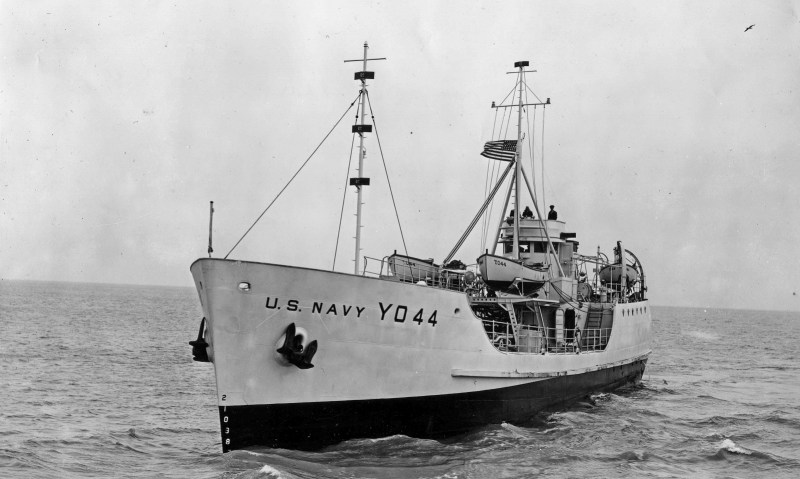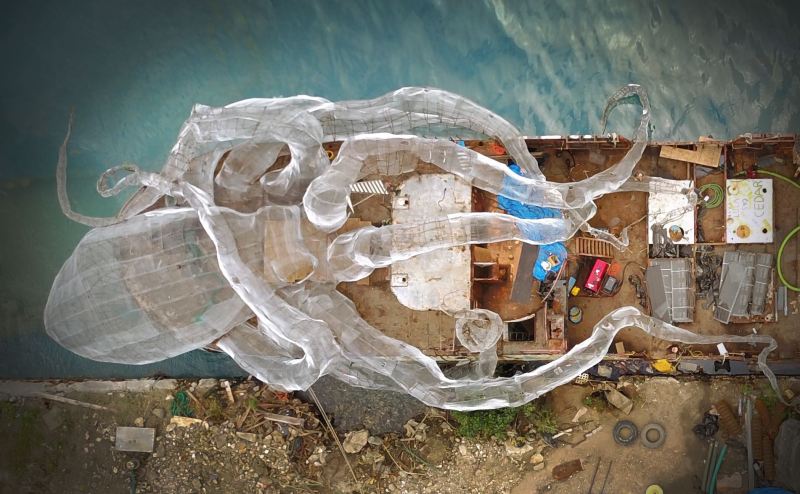It’s hard not to like Richard Branson. He’s bold, a little brash, and (he seems) a little nuts. He’s a version of what most of us would like to think we’d be like if were we billionaires with too much time and ambition on our hands. So it’s no surprise that his latest endeavor is equal parts environmental philanthropy, underwater art project, and “just doing something because it’s cool.”

Few ships survived the bombing of Pearl Harbor, but the Kodiak Queen was one of just five exceptions. Fast-forward 75 years and the former Navy fuel barge was slated for the scrap heap. So, Branson purchased it with an ambitious goal in mind. Earlier this month, the billionaire — who owns an island in, and admits to a fondness for, the British Virgin Islands — purposely sank the ship off the coast of Virgin Gorda.
On its face, it seems like historical heresy: why waste (literally) such a valuable piece of American history? The ship is at the center of a collaboration between seemingly disparate non-profit organizations. Secret Samurai Productions (a group of activists driven by art), Maverick1000 (a group of entrepreneurs with a mind toward various social justice issues), Beneath the Waves (an oceanic research and education outfit), and Unite B.V.I. (a group which strives to empower children in the British Virgin Islands) all have a hand in the project, nicknamed “Project YOKO B.V.I. Art Reef.”

First and foremost, the Kodiak Queen will serve as the centerpiece of a new artificial reef. In the coming years, it will provide a new destination for scuba divers from around the world who are always looking for “the next best dive.” It will also prove useful as a science lab to study the area’s rich marine ecosystem. Second, the wreck will be something of a blank underwater canvas. The team of artist/divers from Secret Samurai installed an incredible, 80-foot rebar and mesh Kraken sculpture on the deck of the ship.
The second phase of the project specifically targets coral restoration using the Kraken as a centerpiece. The goal is to bolster a living underwater space to regenerate many of the area’s threatened or endangered species. Among them: the goliath grouper. The massive fish was once commonplace throughout the waters around B.V.I. and became a vital asset in the war against invasive lionfish. The latter is now one of the largest threats to marine life in the Caribbean.
Ultimately, Branson’s hope extends well into future generations. In an email to the New York Times, he noted, “This project will hopefully excite our youth here in the B.V.I. to put a mask on and to explore the magic of our underwater world and be inspired to spend their adult years advocating for how important it is to protect our reefs.”
Images Courtesy OWEN BUGGY PHOTOGRAPHY & Rob Sorrenti



